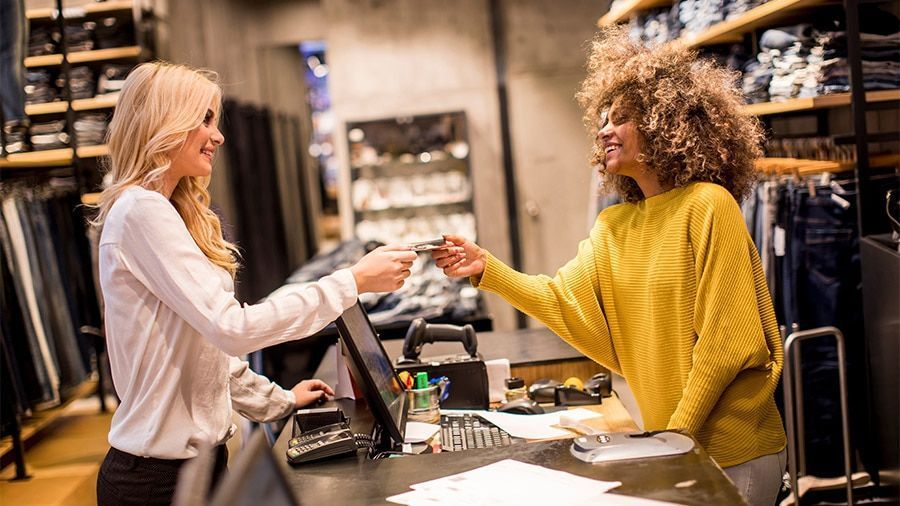Consumer spending habits are always evolving. In the past, cash payments were the standard for day-to-day spending.
In 2007, around 70 per cent of daily consumer purchases involved cash. In contrast, in 2019 cash was used for only 27% of consumer purchases.
Cash has been on a downward trend as more and more people prefer to use debit cards, credit cards, or other forms of cashless payment. In February 2020, only 1 in 12 businesses operated as cashless. COVID-19 accelerated this trend and in February 2021, that became 1 in 4.
Consumers across Australia have grown to prefer online ordering, contactless or cashless payments, click and collect, and no-contact delivery as a result of the pandemic's widespread reliance on the convenience of eCommerce.
So while cash remains important to some people, more businesses are offering cashless payments options.
If you are a small business, this means you need to have efficient systems in place to manage and monitor cashless payments.













